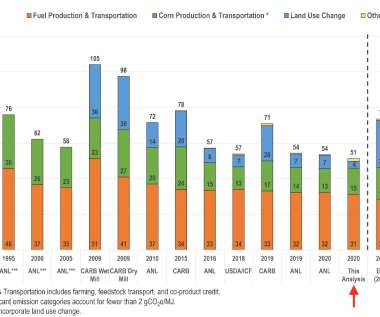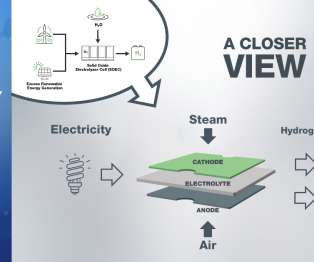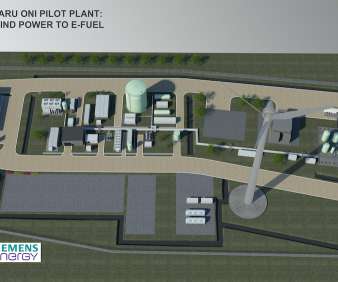Driving Towards a Sustainable Future: The Rise of Electric Autos in India
Baua Electric
FEBRUARY 7, 2024
With the global push towards sustainability, the rise of electric autos in India comes as no surprise. As the second-most populous country in the world and one of the largest consumers of fossil fuels, India is making significant strides in adopting electric vehicles (EVs) as a solution to combat climate change and reduce air pollution.













































Let's personalize your content